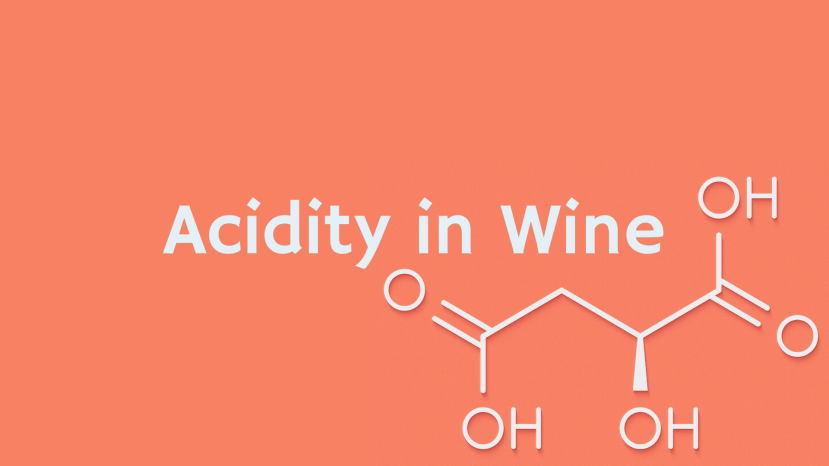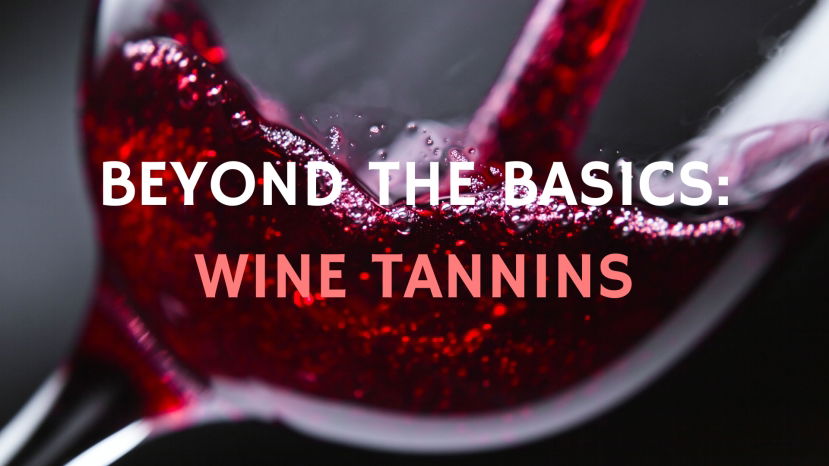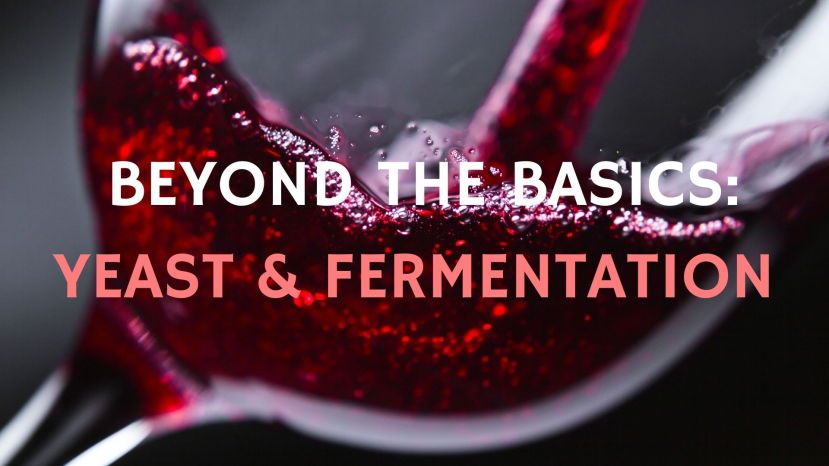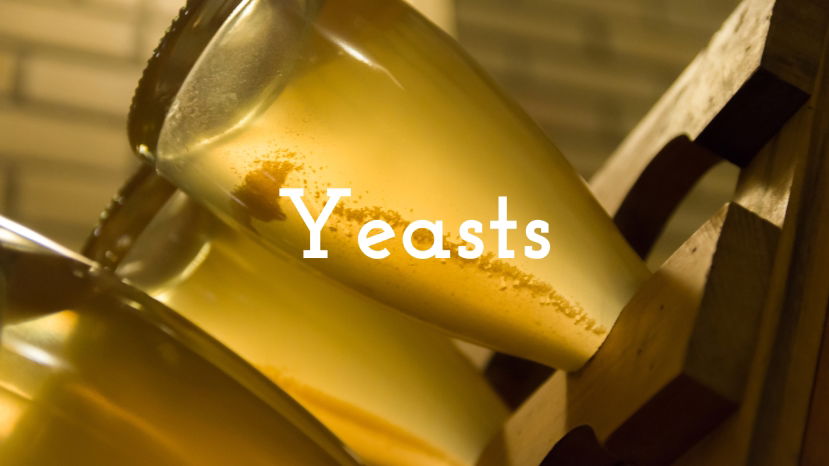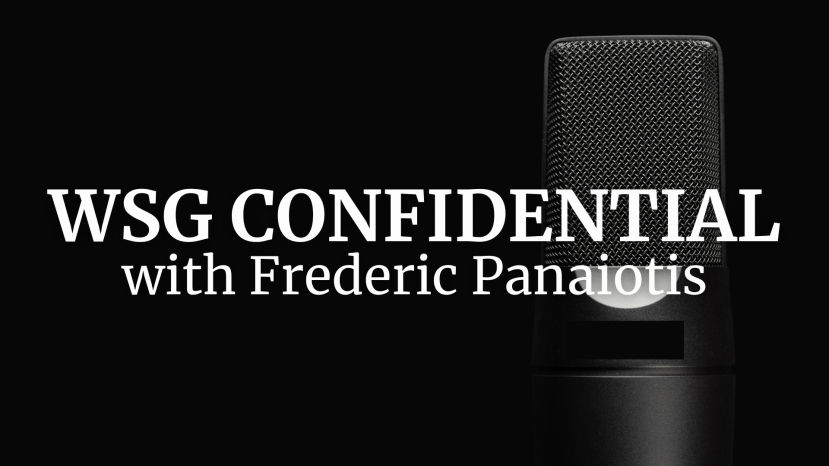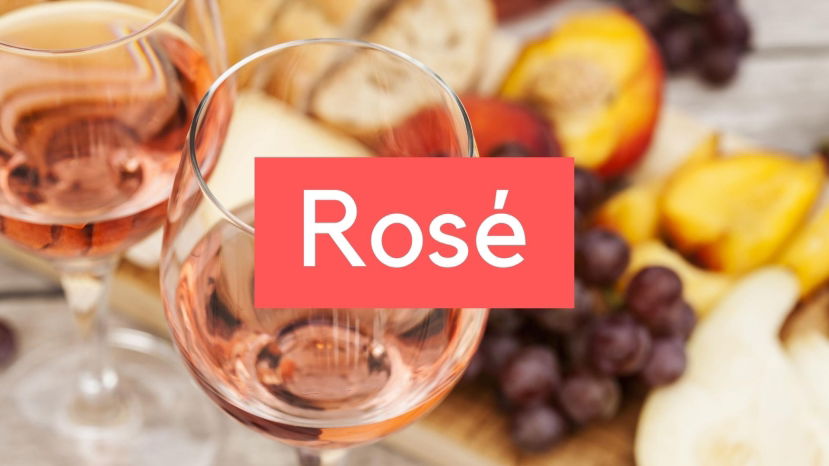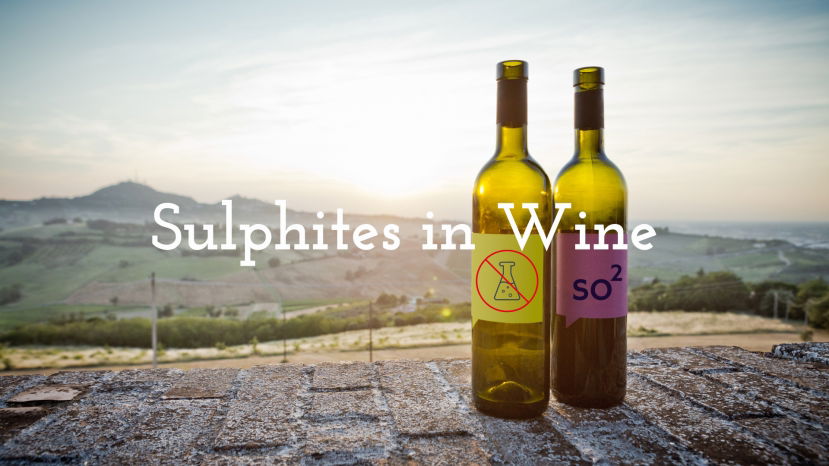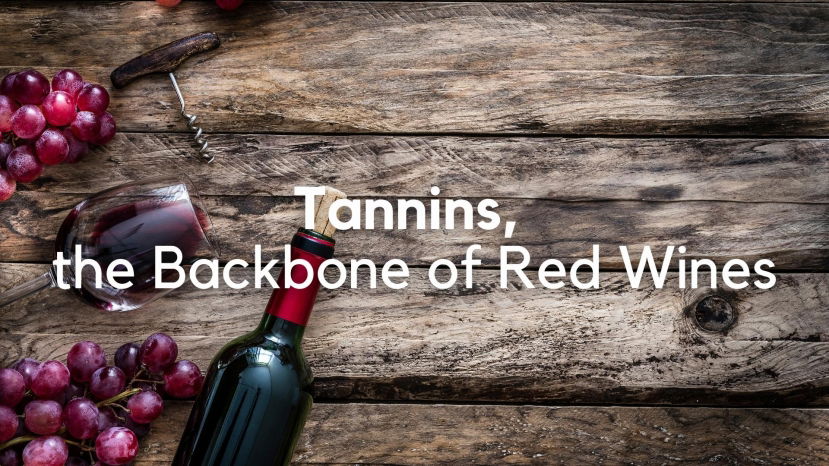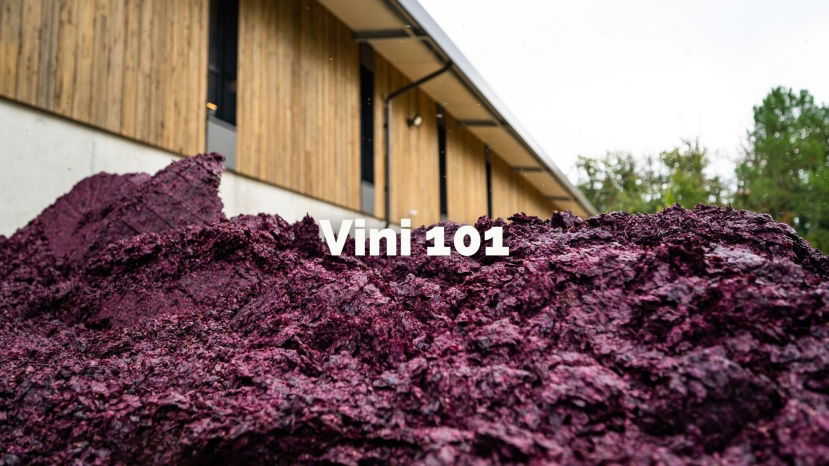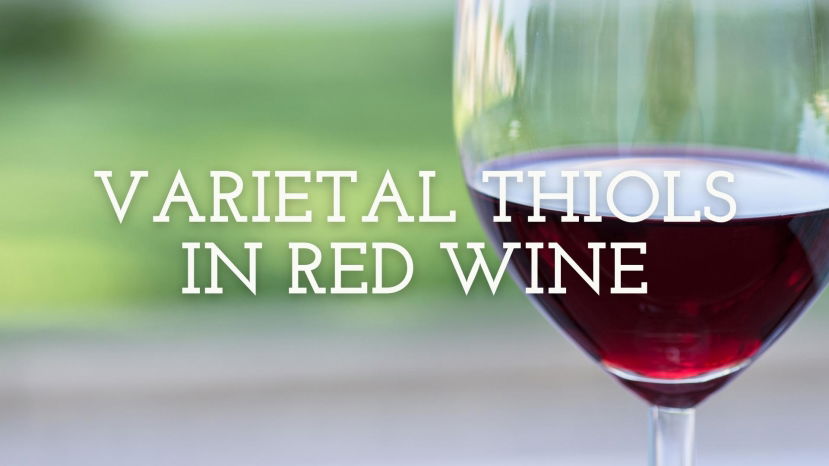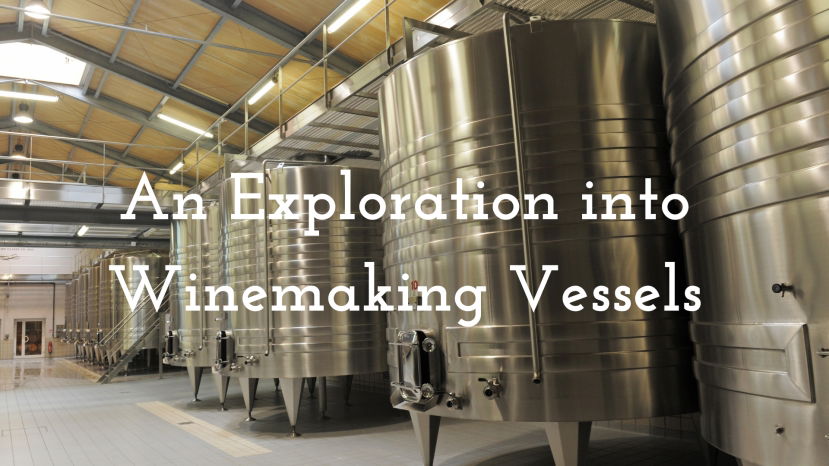BLOG
oenology
Wine is fermented grape juice…in theory. However, in practice, modern wine may be made by using a wide array of compounds aimed at facilitating the winemaking process, enhancing the product’s organoleptic qualities, or simply fixing problems before or after they arise.
Summary: Join vigneron Olivier Humbrecht MW, of the famed estate Zind Humbrecht in Alsace, for a deep dive into one of the key building blocks of wine: acidity! In this WSG Live, you will learn about: The different types of acids found in grapes and wine and their sensory perception How to not only quantify but qualify acidity in wine The viticultural factors influencing
Summary: Polyphenols, in particular anthocyanins and tannins, are the main contributors to wine color and mouthfeel, and are strongly related to the wine quality evaluation. In this WSG Live, an introduction to tannin's origin in grapes, evolution during ripening and extraction in the winemaking process will be explained. Moreover, the implication of the technological approach to vinification will be discussed, such as maceration style or the use of oak containers.
Summary: Join winemaker Olivier Humbrecht MW, of famed estate Zind Humbrechtin Alsace, for a deep dive into these key components of winemaking: yeast and fermentation! Presenter: Olivier Humbrecht, MW Olivier Humbrecht studied wine together with wine marketing and wine business for five years in Toulouse, and then got the chance to do his ‘military service’ working for
Summary: Every wine lover knows that basic, yet critical, equation: Yeast + Sugar = Alcohol (Ethanol) + CO2. Without the Saccharomyces cerevisiaefungi, we’d only have fruit juice. Within this species, hundreds of strains exist. Some evolve naturally; laboratories select and breed others. Different yeasts produce many different results, from how quickly a vessel ferments to the final wine’s flavor expression. Take
Summary: Delve into Champagne with the insight of Champagne experts and masterful instructors..sign up for the Champagne Master-Level program and Champagne Study Wine
Summary: The Bordelais have viticultural and vinicultural “best practices” down to an art. It’s not technology per se…it’s technique. This translates into very high quality across multiple price points. Learn why Bordeaux, (yes Bordeaux!) can give you incredible value for the dollar! Learn why Bordeaux is both art and state-of-the-art. Presenter:
Summary: Rosé winemaking is not as simple as books would have you believe. In fact, there is a wide range of complex vinification techniques resulting in a wide gamut of wine styles and an even wider range of colors and hues. After a year’s worth of research while writing a book on rosé, Elizabeth Gabay, MW, has found that defining and perfecting
Summary: The use of Sulphur Dioxide (SO2), often just referred to as “sulphites”, in winemaking has become a much-debated and even sometimes emotive topic in the 21st century. In the last few decades with the growth of the natural wine movement, excess use – or sometimes any use – of SO2 has become increasingly frowned on. Some wine drinkers even claim they are intolerant to
Summary: During his presentation, Dr Kennedy will explore the wonderful world of red wine tannins. Crafting well-balanced, perfectly extracted red wine takes time to master. Beginning in the vineyard and ending in your wine glass, he will explore this fascinating group of molecules and the factors that influence their perception. Presenter: James Kennedy
Summary: As was discussed in Viti 101, wine is a product of many influences, particularly those that happen in the vineyard. However, grape growing is only half the story. In this webinar, we will explore the various practices and procedures that take place once the grapes arrive at the winery such as sorting, crushing, fermentation, must adjustment, winemaking vessels, post-fermentation options and aging. Presenter: Tracy Ellen Kamens, Ed.D., DWS,
Summary: Intense aromas of blackcurrant and red fruit characterize the sensory profile of some red wines that are very much appreciated by consumers. Over the last decade, researchers have shown that varietal thiols such as 4MMP, 3MHA and 3MH, first identified in Sauvignon blanc, are volatile aromatic compounds responsible for and/or contributing to the expression of these aromas in red wines. Consequently, research on the expression of varietal thiols in red grape varieties is a
Summary: Join winemaker, Nova Cadamatre MW, as she walks through many of the different possibilities of winemaking vessels including stainless steel, wood, and beyond. Discover the pros, cons, and why winemakers will choose one over another option. Presenter: Nova Cadamatre MW Over the course of almost two decades, Nova Cadamatre has become one of the most versatile and experienced winemakers in the industry. She holds a Bachelors from Cornell University in


